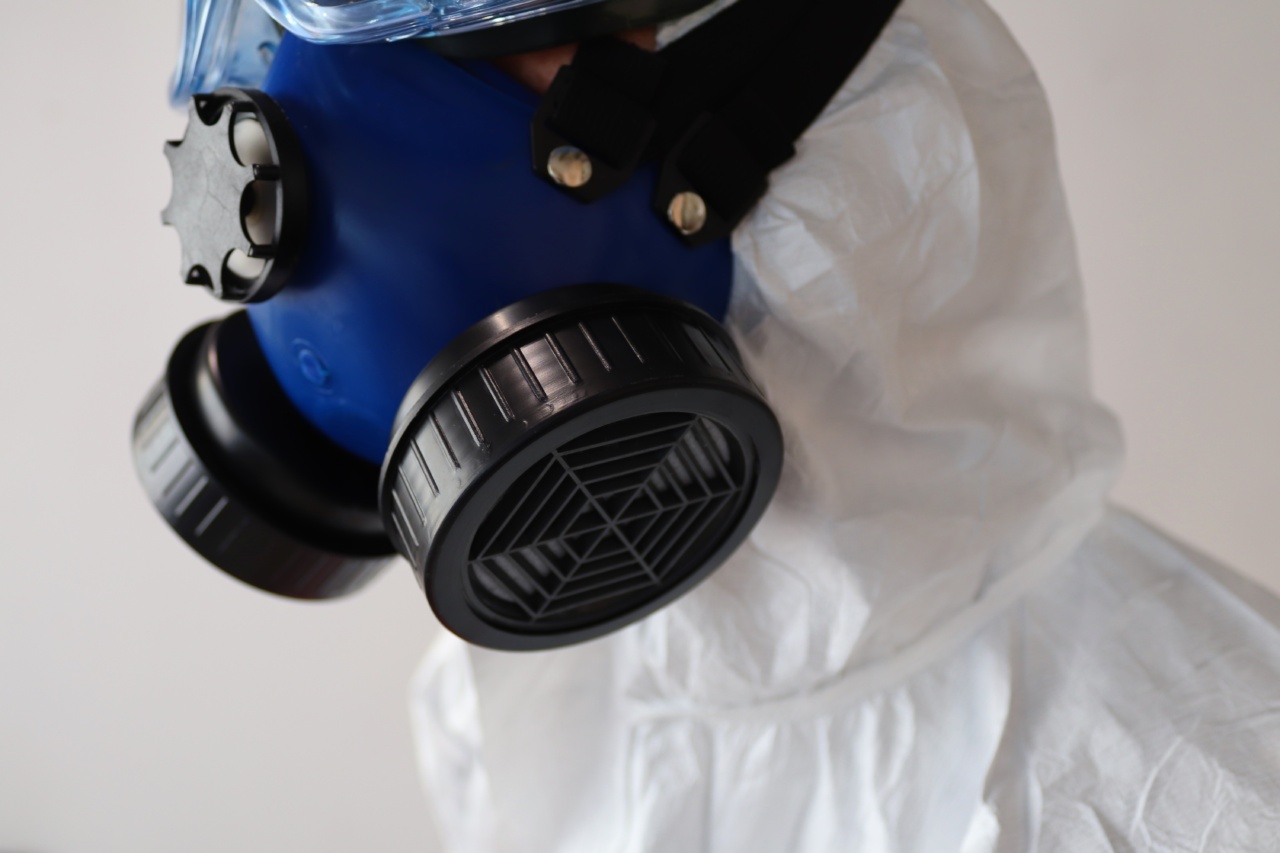Healthcare is a crucial aspect of our lives, and with the rise of air pollution, respiratory illnesses have become a significant concern. Air pollution is a widespread issue that affects not only the environment but also our health.
In this article, we will explore the two-fold healthcare benefits of tackling respiratory illnesses and air pollution.
What Is Air Pollution?
Air pollution is the presence of harmful substances in the air we breathe. These substances can have adverse effects on our health, including respiratory and cardiovascular diseases.
Common sources of air pollution include burning fossil fuels, industrial activities, and transportation.
The Respiratory System and Its Vulnerability to Pollution
The respiratory system is a vital part of our body that allows us to breathe. It includes organs such as the lungs, bronchi, and trachea. Our respiratory system becomes vulnerable to pollutants in the air when we inhale them through our nose or mouth.
Air pollutants such as nitrogen oxides, ozone, and particulate matter can irritate our airways, causing inflammation and narrowing of the air passages.
This can result in respiratory illnesses such as asthma, chronic obstructive pulmonary disease (COPD), and lung cancer.
The Two-Fold Healthcare Benefits
Tackling air pollution and respiratory illnesses can have a two-fold healthcare benefit. By reducing air pollution levels, we can prevent the onset of respiratory illnesses and improve the overall health of the population.
Additionally, treating respiratory illnesses can also lead to a reduction in air pollution levels.
Tackling Respiratory Illnesses
One of the ways to tackle respiratory illnesses is through proper management and treatment. If left untreated, respiratory illnesses can lead to severe health complications, including hospitalization and even death.
Therefore, it is essential to identify and treat respiratory illnesses early.
Proper management of respiratory illnesses can include measures such as avoiding triggers, taking prescribed medications, and maintaining a healthy lifestyle.
Avoiding triggers can involve reducing exposure to air pollutants, allergens, or tobacco smoke. Taking medication can help alleviate symptoms and prevent exacerbations of respiratory illnesses.
By effectively managing respiratory illnesses, we can prevent the need for hospitalizations and emergency department visits, which can reduce the burden on healthcare systems.
Additionally, by improving the overall health of the population, we can also improve productivity and quality of life.
Reducing Air Pollution Levels
Reducing air pollution levels can also have a significant impact on respiratory illnesses. By limiting the sources of air pollutants, we can reduce the exposure of the population to these harmful substances.
This can lead to a reduction in the prevalence of respiratory illnesses, as well as other health benefits.
There are many ways to reduce air pollution levels, including policy interventions, technological advancements, and behavioral changes.
Governments can implement policies such as incentivizing the use of electric vehicles and promoting clean energy sources. Technological advancements can also play a significant role in reducing air pollution levels, such as the development of cleaner industrial processes and renewable energy sources.
Individuals can also take steps to reduce their contribution to air pollution levels. These can include driving less, using public transportation, and reducing energy consumption at home.
Case Studies: Tackling Air Pollution and Respiratory Illnesses
There have been many successful case studies of tackling air pollution and respiratory illnesses. In Bangladesh, the government implemented a program to provide clean cookstoves to households to reduce indoor air pollution levels.
This program led to a reduction in the prevalence of respiratory illnesses and improved the overall health of the population.
In the Netherlands, bike infrastructure has been developed to promote cycling as a mode of transportation. This has led to a reduction in air pollution levels, as well as an improvement in the cardiovascular and respiratory health of the population.
The city of Copenhagen has also implemented policies to promote cycling and walking as modes of transportation.
This has led to a reduction in air pollution levels and improved health outcomes, as well as economic benefits from reduced healthcare costs and increased productivity.
Conclusion
The two-fold healthcare benefits of tackling respiratory illnesses and air pollution are clear. By reducing air pollution levels, we can prevent the onset of respiratory illnesses and improve the overall health of the population.
Additionally, treating respiratory illnesses can also lead to a reduction in air pollution levels. Governments, businesses, and individuals all have a role to play in reducing air pollution levels and promoting respiratory health.

























